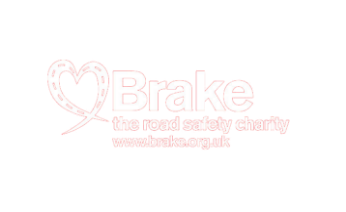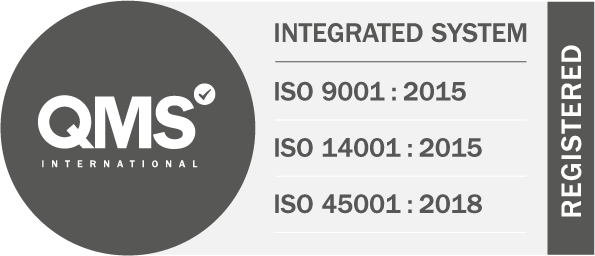How daily vehicle checks can protect you and your drivers
Drivers need to check the condition of their vehicles every day before they take to the road
A daily safety check of vehicles should be second nature to drivers to keep them and their vehicles safe on the road.
That is the view of road safety experts, who recommend that drivers complete a safety checklist before setting off to make sure vehicles are fully roadworthy and ready for the journey ahead.
A vehicle walkaround of just a few minutes can make all the difference, as it will reveal defects that can be quickly repaired on site.
If vehicles were to set off without problems being identified, it could lead to on-road breakdowns or incidents, delaying journeys and leading to missed jobs, unhappy customers, and increased maintenance costs.
Checklists don’t have to be challenging. Drivers can complete them in a few minutes without having any impact on their day or journey times.
For commercial vehicles, there are 12 essential areas to check.
- Lights – check lights and indicators work correctly. Where possible check dashboard warning lights.
- Horn and steering – check that there is no excessive play in the steering and that the horn works.
- Brakes – look out for excessive travel in the brake pedal and that the parking brake works correctly.
- Washers and wipers – check that the wipers work, that wiper blades are not worn, that washer fluid is topped up, and that the washers point at the windscreen.
- Mirrors and glass – all mirrors should be properly aligned and secure. There should be a clear view and no obstructions to vision front and rear.
- Seats and seatbelts – check that seatbelts function correctly and that seats are secure.
- Battery – look for leaks and loose fittings.
- Bodywork and doors – check that all doors shut properly, that there are no sharp edges or damage and that body panels are secure.
- Loads – ensure any load is adequately secured and that door locks are effective.
- Tow bars and tail lifts – ensure the tow bar is secure and that any trailer is properly attached, with all electrical connections working correctly. For a tail lift, look for damage and ensure it is in working order.
- Tyres and wheels – the legal minimum tread depth is 1.6mm, but it should be more for safe braking, handling, and wet weather performance. Inflate tyres to the correct pressure and look for any cuts on the sidewall. Check that wheel nuts are secure.
- Fluids, fuel, and oil – check levels for engine oil, engine coolant, brake fluid, power steering and windscreen washers. Ensure the fuel filler cap is properly fitted and look for leaks under the vehicle, including with the engine on.
With practise, these checks can become second nature to drivers, which will help to identify defects before they become a more serious issue.
To help companies with the daily vehicle check process, Reflex Vehicle Hire has developed a driver smartphone app, which is part of its unique Driive with Reflex modular risk management service.
The app will guide drivers through the daily vehicle check process and provide managers with valuable insight to ensure compliance across the fleet.
The smartphone app can also be used to provide access to important information, such as driver manuals, and offer invaluable guidance to employees if they encounter an incident on the road.
Together with Reflex Vehicle Hire’s award-winning range of other safety-first services, employers can be reassured that they are doing everything possible to protect drivers from harm on the road, while also keeping operating costs to a minimum.
For more details on the Driive with Reflex service and the driver smartphone app, visit the Telematics section of our website or contact one of the Reflex Vehicle Hire team.
Share to:
Find out more
Find out how Reflex Vehicle Hire can help your company.
Call 0330 460 9913 or visit our contact us page.








@2x.png)

